I'm new here and the same goes to my electronics "history". I like to understand things I'm dealing with even if I wasn't provided with a sufficient knowledge background at schools.
What I'd like to ask is: is the capacitor a proper element on SDA line between the external sensor and the Raspberry Pi's SDA line?
I want to use a sensor interfacing it with I2C. I supply the voltage from 3V3 Pi's GPIO pin, the sensor works with both 3V3 and 5V levels. So far so good then. But I was told that due to the lack of more than one fuse/protection on Raspberry Pi, it's recommended to put the capacitor on SDA line, as close to the sensor's output pin as possible and of the biggest Voltage I'll find around. An I'd like to understand why, because what I know about the capacitors doesn't make it clear for me. I know that the intention was to prevent unexpected peek (please correct me if I'm wrong) from damaging Pi's SDA pin. But isn't it true that the capacitor will stop as many Volts it has written on it and then it'll let the current go through, to the Pi's SDA input?
I'll be very grateful for some clarification or pointing me to the right directions, maybe topics I should understand on the way to find the answer.
